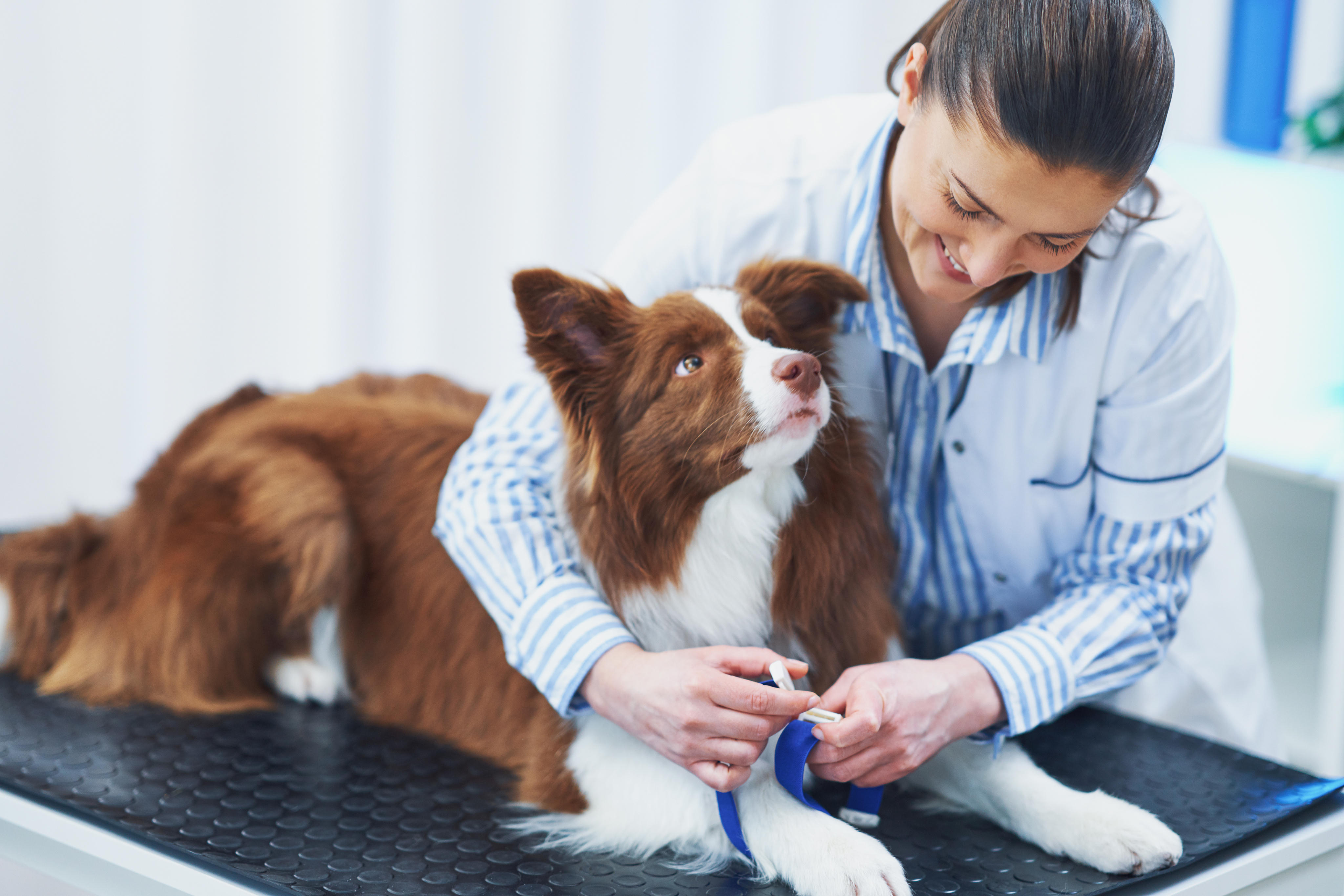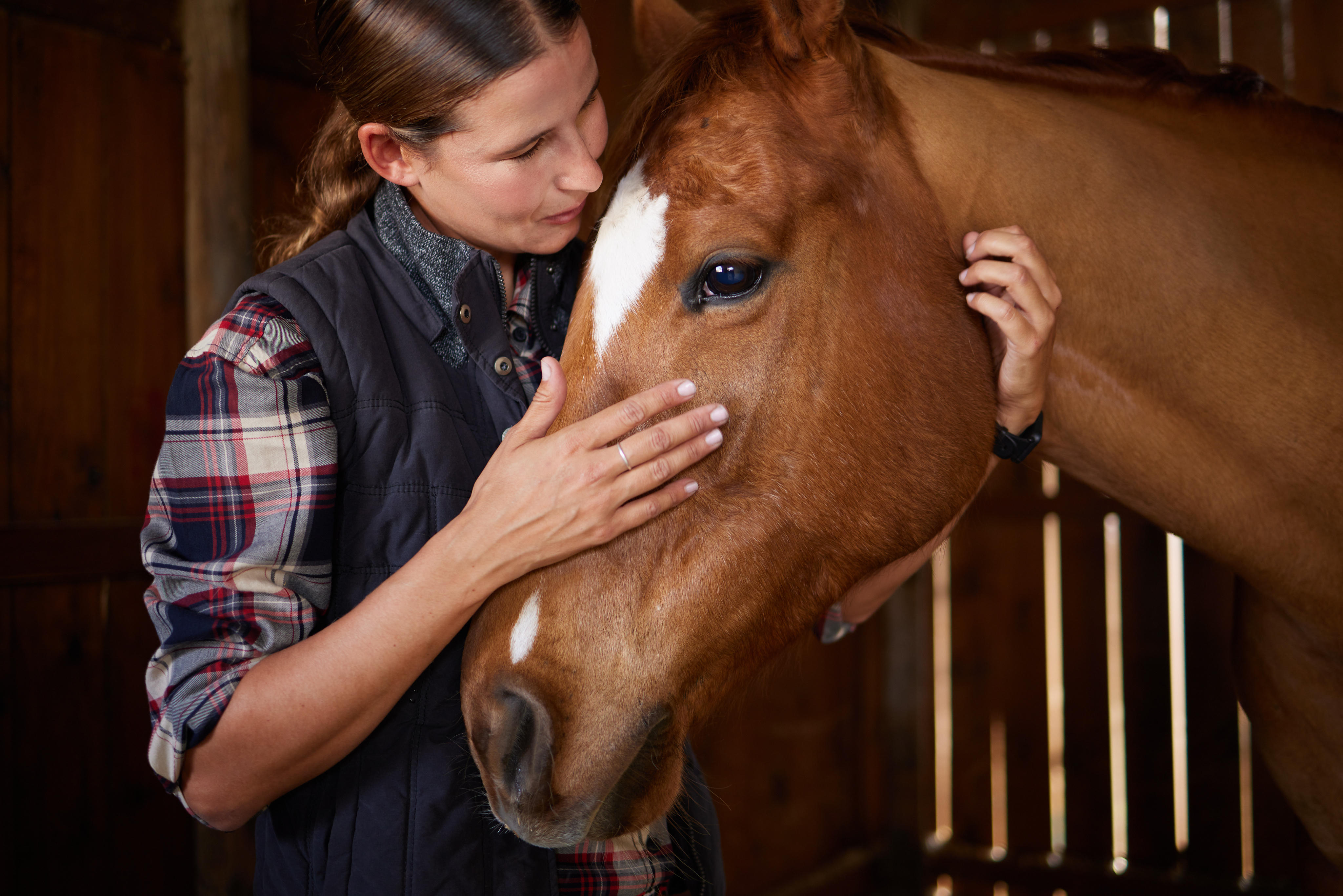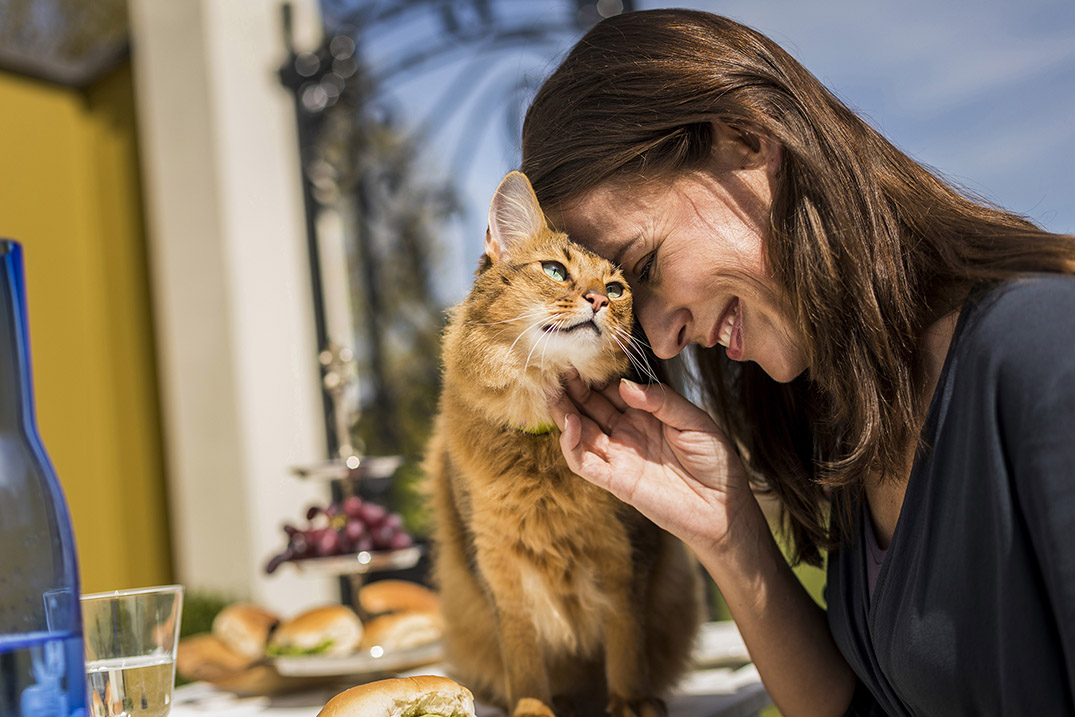Vetsulin® For Life – Diabetes Vet Nurse Program
Sign up today for this eBook series that helps veterinary nurses and technicians work with pet parents to manage pet diabetes.
JOIN THE PROGRAMAbout Glucose Curves
A glucose curve involves serial measurements of blood glucose during the duration of action of insulin. Glucose curves have the advantage of enabling us to establish onset of action, glucose nadir, and duration of action. Using these we can differentiate problems with inadequate duration of action or dosage versus Somogyi effect. Target glucose measurements for dogs should be between 100-250 mg/dL (5.6-13.9 mmol/L) for the majority of the day.
When creating a glucose curve, remember that stress can affect the reliability of results and the glucose curve is only one tool among others that can help monitor canine diabetes mellitus.
How To Complete a Glucose Curve
Feed and inject the dog with Vetsulin® (porcine insulin zinc suspension) as it is done at home. This may be done by the owner and then verified by the veterinarian. If the dog exercises at home during the day, the same exercise routine should be adhered to while the dog is in the hospital.
Blood sampling:
- Just prior to insulin administration (or immediately upon arrival, if injection occurs prior to clinic opening).
- Then, in at least 60 to 120 minute intervals. Glucose monitoring should occur hourly if glucose is in a range where hypoglycemia is a concern.
- Over a period of 12 hours, if product administered every 12 hours. This should ideally be done for 24 hours, particularly if product administered once daily.
Interpreting a Glucose Curve
For Insulin effectiveness:
- Maximum and minimum glycemia, which should ideally be between 100 and 250 mg/dL (5.6–13.9 mmol/L)
Glucose nadir goal:
- 100–150 mg/dL (5.6–8.3 mmol/L)
Duration of insulin action:
- From the injection to a glycemia of 250 mg/dL (13.9 mmol/L)
- Defined as the period of time between onset of action and return to baseline or 250 mg/dL (13.9 mmol/L)
- Goals: Once daily 20 hours; twice daily 10-12 hours
Measuring Blood Glucose
Two different options:
- Collect a venous blood sample from a peripheral vein. Plasma glucose concentrations are measured in the laboratory.
- Collect a drop of capillary blood from the ear (pinna), or sometimes the inner lip or elbow callus, and analyze this using a handheld blood glucose meter (glucometer).
- Glucometers should be calibrated specifically for dogs and cats because of the difference in the ratios of glucose in plasma and red blood cells from humans.
- Readings may vary by as much as 15% from samples submitted to the laboratory.
- Handheld meters are reasonably accurate. If a reading seems unusual or does not match the clinical signs, a second reading should be taken or another method used to confirm the blood glucose measurement.
After the animal has been stabilized successfully, routine rechecks should be carried out around every 2–4 months. Careful monitoring and control during maintenance will help to limit the long-term complications associated with diabetes.
Blood Glucose Concentrations
The aim of therapy is not to produce a series of blood glucose concentrations that are within the reference range but to produce a blood glucose curve that approaches the reference range, avoiding potentially fatal hypoglycemia. An example of a stable dog with diabetes is a blood glucose range of 100–250 mg/dL (5.6–13.9 mmol/L) for most of a 24-hour period.
Ideal Blood Glucose Curve
Below is an example of an ideal blood glucose curve for a dog on once-daily dosing where the range remains between 100–250 mg/dL for most of the 24-hour period. Please note that for a dog on twice-daily dosing the curve will appear very similar, but just within a 12-hour time period. Not all blood glucose curves will be ideal at first, but with proper maintenance can become so.
Blood glucose measured in mg/dL
Resources to Help Clients Monitor Care
Help Your Practice Manage Diabetes Mellitus
View and download resources and tools that will assist your hospital, inform your team, and help with clients.
Read More About Monitoring & Controlling Canine Diabetes
Monitoring & Controlling
Urine Testing for Dogs
Glycated Protein Levels
Spot Glucose Measurement
Insulin Control
Nutrition for Dogs With Diabetes
The Somogyi Effect
Glucose Curves
Important Safety Information
Vetsulin® should not be used in dogs known to have a systemic allergy to pork or pork products. Vetsulin is contraindicated during periods of hypoglycemia. Keep out of reach of children. As with all insulin products, careful patient monitoring for hypoglycemia and hyperglycemia is essential to attain and maintain adequate glycemic control and prevent associated complications. Overdosage can result in profound hypoglycemia and death. The safety and effectiveness of Vetsulin in puppies, breeding, pregnant, and lactating dogs has not been evaluated. See package insert for full information regarding contraindications, warnings, and precautions.
References
- Martin GJ, Rand JS. Pharmacology of a 40 IU/ml porcine lente insulin preparation in diabetic cats: findings during the first week and after 5 or 9 weeks of therapy. J Feline Med Surg. 2001;3(1):23–30.
- Vetsulin® (porcine insulin zinc suspension) [Freedom of Information Summary]. Millsboro, DE: Intervet Inc.; 2008.
- Data on file, Merck Animal Health.
- Graham PA, Nash AS, McKellar QA. Pharmacokinetics of porcine insulin zinc suspension in diabetic dogs. J Small Anim Pract. 1997;38(10):434–438.
- Martin GJ, Rand JS. Pharmacokinetic and Pharmacodynamic Study of Caninsulin in Cats with Diabetes Mellitus. 2000: Internal Study Report.
- Feldman EC, Nelson RW. Canine and Feline Endocrinology and Reproduction. 3rd ed. St. Louis, MO: Saunders; 2004:539–579.
- Tennant B, ed. BSAVA Small Animal Formulary. 4th ed. Gloucestershire, UK: British Small Animal Veterinary Association; 2002.
- Feldman EC, Nelson RW. Canine and Feline Endocrinology and Reproduction. 3rd ed. St. Louis, MO: Saunders; 2004:486–538.
- Reusch C. Feline diabetes mellitus. In: Ettinger SJ, Feldman EC, eds. Textbook of Veterinary Internal Medicine. 7th ed. St. Louis, MO: Saunders; 2010:1796–1816.
- Nelson RW. Canine diabetes mellitus. In: Ettinger SJ, Feldman EC, eds. Textbook of Veterinary Internal Medicine. 7th ed. St. Louis, MO: Saunders; 2010:1782–1796.
- Burgaud S, Riant S, Piau N. Comparative laboratory evaluation of dose delivery using a veterinary insulin pen. In: Proceedings of the WSAVA/FECAVA/BSAVA congress; 12–15 April 2012; Birmingham, UK. Abstract 121.
- Burgaud S, Guillot R, Harnois-Milon G. Clinical evaluation of a veterinary insulin pen in diabetic dogs. In: Proceedings of the WSAVA/ FECAVA/BSAVA congress; 12–15 April 2012; Birmingham, UK. Abstract 122.
- Burgaud S, Guillot R, Harnois-Milon G. Clinical evaluation of a veterinary insulin pen in diabetic cats. In: Proceedings of the WSAVA/FECAVA/BSAVA congress; 12–15 April 2012; Birmingham, UK. Abstract 45.
- Davison LJ, Walding B, Herrtage ME, Catchpole B. Anti-insulin antibodies in diabetic dogs before and after treatment with different insulin preparations. J Vet Intern Med. 2008;22:1317-1325.
- Banfield State of Pet Health 2016 Report. p 12-13.
- Behrend E, Holford A, Lathan P, Rucinsky R, Schulman R. 2018 AAHA Diabetes management guidelines for dogs and cats. J Am Anim Hosp Assoc. 2018; 54:1–21.




 Go To United States
Go To United States Algeria
Algeria Argentina
Argentina Australia
Australia Austria
Austria Bahrain
Bahrain Belgium (Dutch)
Belgium (Dutch) Brazil
Brazil Canada (English)
Canada (English) Chile
Chile Colombia
Colombia Croatia
Croatia Czech Republic
Czech Republic Denmark
Denmark Ecuador
Ecuador Egypt
Egypt Finland
Finland France
France Germany
Germany Greece
Greece Hungary
Hungary India
India Indonesia
Indonesia Iraq
Iraq Ireland
Ireland Israel
Israel Italy
Italy Japan
Japan Jordan
Jordan Kuwait
Kuwait Lebanon
Lebanon Malaysia
Malaysia Mexico
Mexico Morocco
Morocco Netherlands
Netherlands New Zealand
New Zealand Norway
Norway Oman
Oman Panama
Panama Peru
Peru Philippines
Philippines Poland
Poland Portugal
Portugal Qatar
Qatar Romania
Romania Russian Federation
Russian Federation Saudi Arabia
Saudi Arabia South Africa
South Africa South Korea
South Korea Spain
Spain Sweden
Sweden Switzerland (French)
Switzerland (French) Taiwan
Taiwan Thailand
Thailand Tunisia
Tunisia Turkey
Turkey Ukraine
Ukraine United Arab Emirates
United Arab Emirates United Kingdom
United Kingdom Uruguay
Uruguay Yemen
Yemen Global
Global